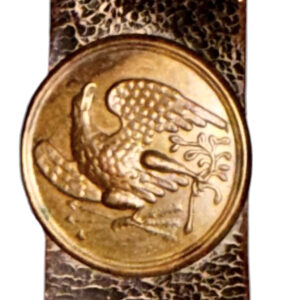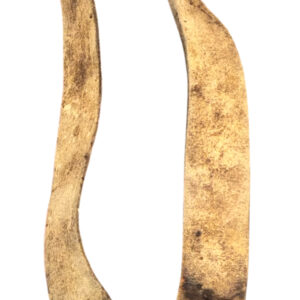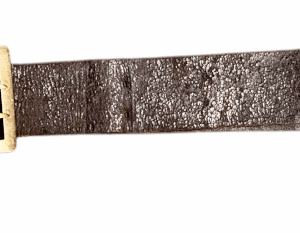ShopNovember 1, 2025
-
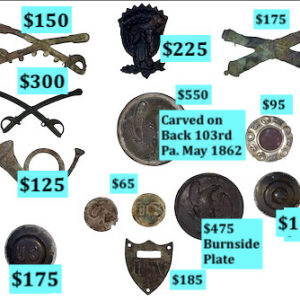
Group of Excavated Civil War Insignia and Breast Plates
Group of Excavated Civil War Insignia and Breast PlatesNovember 1, 2025 -

Group of Excavated Hat Letters and Numbers
Group of Excavated Hat Letters and NumbersNovember 1, 2025 -
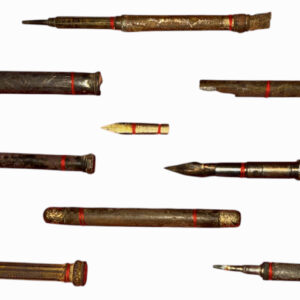
Group of Excavated Civil War Period Mechanical Pens and Pencils
$195Group of Excavated Civil War Period Mechanical Pens and PencilsOctober 31, 2025 -
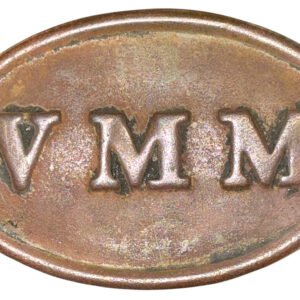
Excavated VMM Box Plate in Superior Condition
$1,500Excavated VMM Box Plate in Superior ConditionOctober 31, 2025 -
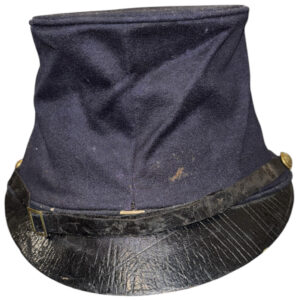
Civil War Union Infantry Officer’s McDowell Style Forage Cap
$3,500Civil War Union Infantry Officer’s McDowell Style Forage CapOctober 30, 2025 -
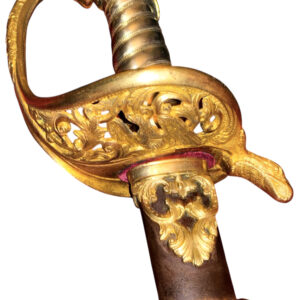
Id’d Presentation Grade M1850 Foot Officers Sword – Lt. George D. Hyatt Co. E 6th NY Heavy Artillery
$2,450Id’d Presentation Grade M1850 Foot Officers Sword – Lt. George D. Hyatt Co. E 6th NY Heavy ArtilleryOctober 29, 2025 -
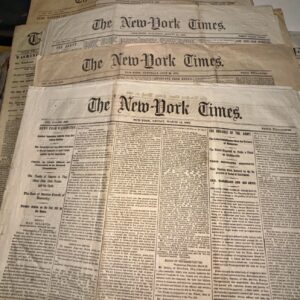
Large Collection of Civil War Period Newspapers – Southern and Northern Wartime Editions
Large Collection of Civil War Period Newspapers – Southern and Northern Wartime EditionsOctober 28, 2025 -
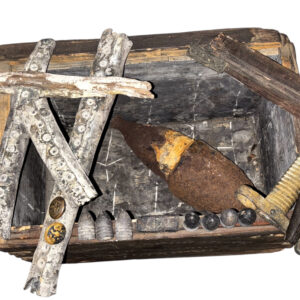
Civil War Washington Naval Laboratory Box for .69 Cal. Cartridges Accompanied by Navy Cutlass Scabbard Sections, Seven .69 Cal. Rifle Bullets, Two USN Coat Buttons, a USN Boarding Pike Leather Cover, Brass Saber Bayonet Hilt and 12 lb. Schenkl Shell – All Discovered in the Potomac River in the 1960s
$1,100Civil War Washington Naval Laboratory Box for .69 Cal. Cartridges Accompanied by Navy Cutlass Scabbard Sections, Seven .69 Cal. Rifle Bullets, Two USN Coat Buttons, a USN Boarding Pike Leather Cover, Brass Saber Bayonet Hilt and 12 lb. Schenkl Shell – All Discovered in the Potomac River in the 1960sOctober 28, 2025 -
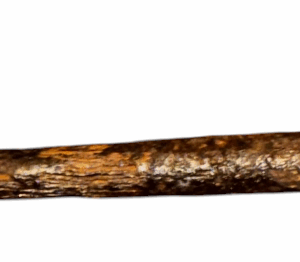
Excavated Civil War Federal Issue Picket Pin
Excavated Civil War Federal Issue Picket PinOctober 20, 2025 -
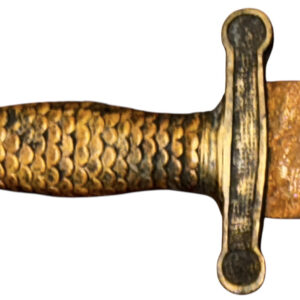
Barn Find M1832 Heavy Artillery Broad Sword
Barn Find M1832 Heavy Artillery Broad SwordOctober 20, 2025 -
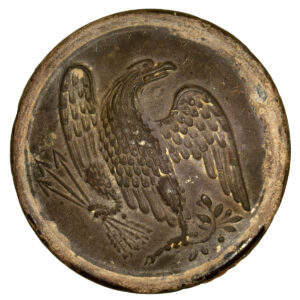
Excavated M1826 Civil War Eagle Breastplate with 103rd Pennsylvania Vol. Infantry Carved in the Back of the Plate by the War Period Soldier Owner of the Plate
$550Excavated M1826 Civil War Eagle Breastplate with 103rd Pennsylvania Vol. Infantry Carved in the Back of the Plate by the War Period Soldier Owner of the PlateOctober 18, 2025 -
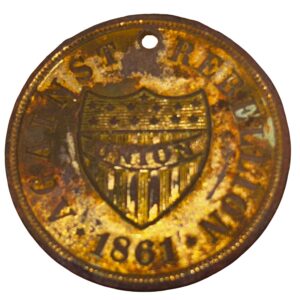
Excavated Early War “Against Rebellion / 1861” ID Tag – Daniel Corbin Co. A 169th NY Infantry
$1,500Excavated Early War “Against Rebellion / 1861” ID Tag – Daniel Corbin Co. A 169th NY InfantryOctober 17, 2025 -
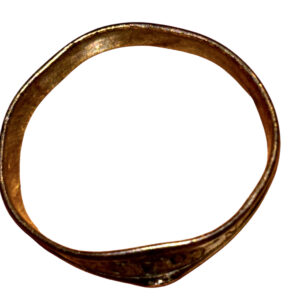
Excavated Civil War Soldier’s Id’d Silver Ring – H. H. Hinkley Co. A 23rd Maine Infantry
Excavated Civil War Soldier’s Id’d Silver Ring – H. H. Hinkley Co. A 23rd Maine InfantryOctober 17, 2025 -
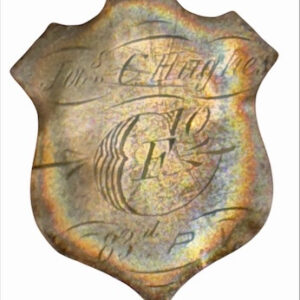
Excavated Silver ID Shield – James S. Hughes Co. F 83rd Pa. Infantry
Excavated Silver ID Shield – James S. Hughes Co. F 83rd Pa. InfantryOctober 17, 2025 -
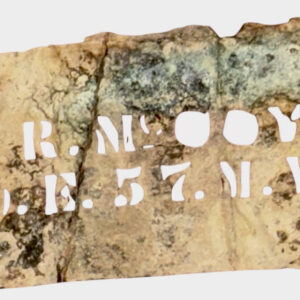
Excavated Civil War Stencil – Alexander McCoy Co. E 57th Massachusetts Infantry
Excavated Civil War Stencil – Alexander McCoy Co. E 57th Massachusetts InfantryOctober 17, 2025 -

Civil War Period US Model 1850 Non-Regulation Field and Staff Officer’s Sword Retailed by Schuyler, Hartley & Graham
$725Civil War Period US Model 1850 Non-Regulation Field and Staff Officer’s Sword Retailed by Schuyler, Hartley & GrahamOctober 5, 2025 -
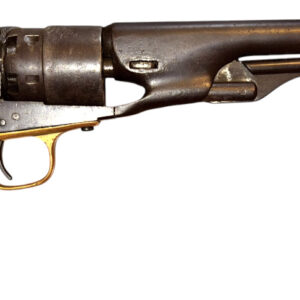
M1860 Colt Army Revolver Found When Renovating the Room in the Antebellum House Called West View / Old Denton in Fauquier Co. Va. Where Mosby Stayed When He Escaped out a Window to Sit on a Tree Branch When Union Cavalry Came to the House
$3,850M1860 Colt Army Revolver Found When Renovating the Room in the Antebellum House Called West View / Old Denton in Fauquier Co. Va. Where Mosby Stayed When He Escaped out a Window to Sit on a Tree Branch When Union Cavalry Came to the HouseOctober 2, 2025

